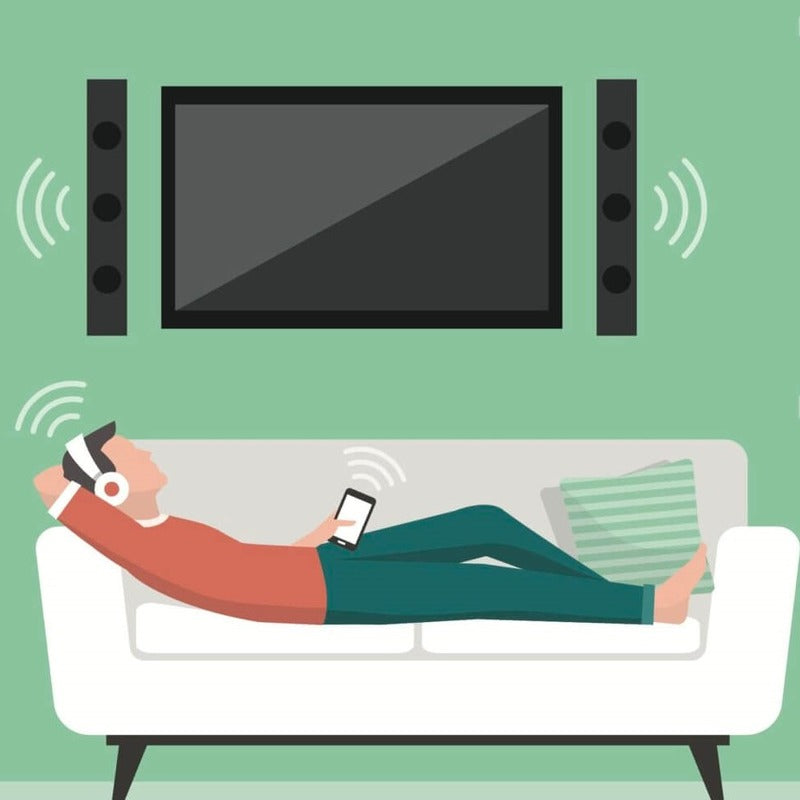Natural disasters can have a wide range of devastating effects, but one often overlooked concern is the potential for increased radiation levels. Events like earthquakes, hurricanes, and tsunamis can disrupt facilities that store or manage radioactive materials, potentially leading to the release of radiation. Understanding the risks associated with radiation exposure following such disasters is crucial, especially given examples like Fukushima and Chernobyl. Devices like the Milerd HiStand can play a key role in monitoring these risks, offering a reliable way to track radiation levels in your area.
In this article, we will explore how radiation levels can increase after a natural disaster, discuss health risks associated with exposure, and provide essential safety tips for monitoring and protection.
How Natural Disasters Can Affect Radiation Levels
Different types of natural disasters, such as earthquakes, tsunamis, and hurricanes, can significantly impact facilities that handle radioactive materials, including nuclear power plants and industrial sites. For example, an earthquake or tsunami might cause structural damage to nuclear reactors or storage facilities, leading to the release of radiation into the environment.
Once released, radiation can spread through the air, water, and soil, affecting vast areas. Nuclear radiation levels can rise in disaster zones, as seen in past incidents like the Fukushima nuclear disaster, where a tsunami disrupted the plant’s cooling systems, leading to the release of radioactive particles. Similarly, Chernobyl demonstrated how a nuclear accident could spread radioactive materials far beyond the initial impact zone, contaminating large areas for years.
Safe Radiation Levels and Health Risks
Radiation exposure is measured in units called sieverts (Sv), and there are clear guidelines for safe radiation levels. According to international safety standards, a person should not be exposed to more than 1 millisievert (mSv) per year from background radiation. Exceeding these radiation exposure limits increases the risk of severe health issues.
Radiation health risks vary depending on the amount of exposure and the duration. Short-term exposure to elevated radiation levels can lead to radiation exposure symptoms such as nausea, fatigue, and hair loss. Long-term exposure can result in more severe consequences, including cancer and radiation poisoning. Monitoring radiation levels after a disaster is essential for avoiding these health risks.
How to Measure Radiation Levels After a Disaster
Measuring background radiation is a key step in understanding how natural disasters can change the radiation levels in your area. Normally, background radiation is low and consistent, but after a disaster, it may spike due to the release of radioactive materials.
Using radiation monitoring devices like the Milerd HiStand can help you keep track of radiation in your home and surrounding areas. These devices provide real-time data on radiation levels, allowing you to take immediate action if levels become dangerous. It's important to know the acceptable radiation exposure limits—generally, levels higher than 100 millisieverts per year are considered dangerous and require immediate evacuation.
Preparing for Radiation Exposure After a Natural Disaster
Preparing for potential radiation exposure after a natural disaster involves having the right radiation safety equipment and a clear radiation emergency plan. Essential safety equipment includes personal protective gear such as respirators, dosimeters to measure individual exposure, and air filters to clean contaminated air.
An effective radiation emergency plan should include evacuation routes, designated sheltering locations, and stockpiling emergency supplies like water, non-perishable food, and protective gear. It's also important to conduct a radiation risk assessment to determine the likelihood of radiation exposure in your area, either by consulting government reports or using personal monitoring devices.
Post-Disaster Cleanup and Radiation
Once a disaster has passed, natural disaster cleanup efforts can stir up radioactive particles that have settled in the soil or water. It’s critical to follow proper procedures for cleaning up contaminated areas to reduce exposure risks. Those involved in cleanup efforts should follow strict radiation safety measures, including wearing protective equipment and undergoing decontamination processes.
Governments and environmental agencies typically oversee radiation monitoring after a disaster, regularly checking air and water quality and providing public updates on radiation levels. However, individuals can also take responsibility by using personal radiation monitors like the Milerd HiStand to ensure their environment remains safe.
Conclusion
Natural disasters can have unexpected and severe impacts on radiation levels, posing significant health risks to those in affected areas. Being informed about these risks and knowing how to measure and protect yourself against radiation exposure is essential for safety.
By using radiation monitoring devices such as the Milerd HiStand radiation counter and implementing a robust radiation emergency plan, you can better protect yourself and your family from the potential dangers of increased radiation after a disaster. Don’t wait until it’s too late—start monitoring today!



Dejar un comentario
Este sitio está protegido por hCaptcha y se aplican la Política de privacidad de hCaptcha y los Términos del servicio.